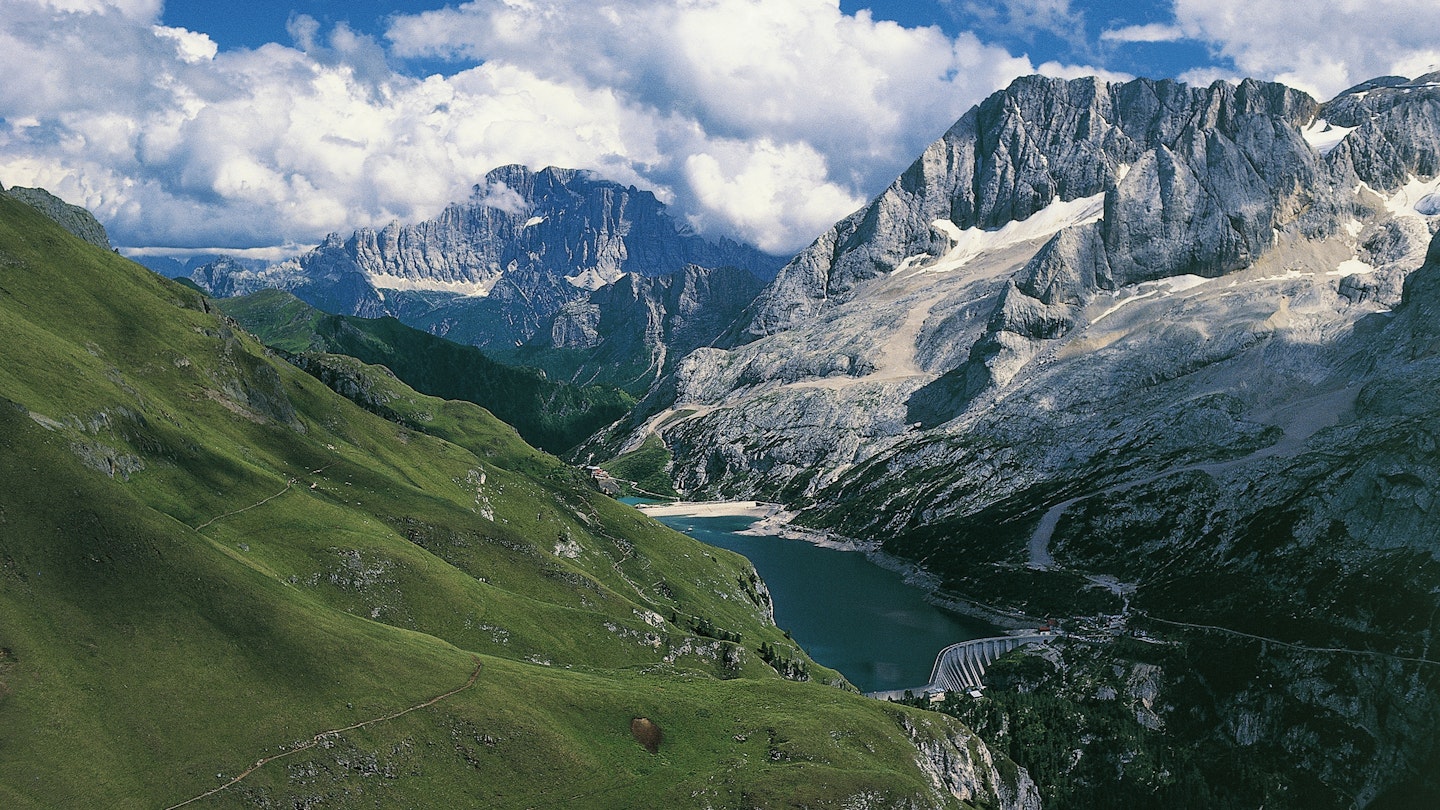Marmolada Glacier: A Looming Disappearance in the Dolomites
Italy’s famous Marmolada glacier, known as the Queen of the Dolomites, may vanish in just 15 years, as scientists have cautioned about its alarming rate of decline.
The Marmolada glacier, standing at 3342 meters, is the largest glacier in the Dolomites. Due to its high altitude and northern Alpine exposure, it remains among the few glaciers in this breathtaking Italian mountain range that offers skiing year-round, even during the summer months. However, recent research indicates that in 15 years, Marmolada may ultimately disappear. A new study from the University of Padua confirms the glacier is losing volume at an alarming rate.

Aldino Bondesan, a member of the Italian Glaciological Committee and professor of geomorphology at Padua University, stated, “The glacier has lost more than 80% of its volume over the last 70 years, decreasing from 95 million cubic meters in 1954 to just 14 million today. Its disappearance is imminent, and it may have no more than 15 years of life left.”
Marmolada is one of the most extensively studied glaciers in the Dolomites, with measurements taken annually since 1902. Researchers have linked its rapid volume loss to increasing carbon emissions in recent decades. Ten years prior, Marmolada was losing about five hectares of ice each year; however, that rate has surged to nine hectares annually. If this trend persists, it “could lead to the disappearance of most of the glacier by 2031,” as expressed by Professor Mauro Varotto, another glaciologist involved in the study.
The findings of this study align with other research emphasizing that climate change is causing the . Scientists warn these changes could result in rising sea levels, increased flooding, and diminishing water supplies during droughts. According to the European Environment Agency, glaciers in the Alps have decreased by approximately half since 1900. Moreover, a study from ETH Zurich in Switzerland cautioned that if carbon emissions continue to rise, two-thirds of the ice in Alpine glaciers could melt by the century’s end.
The results from the University of Padua’s study on Marmolada will be published in the Journal of Glaciology later this year.




